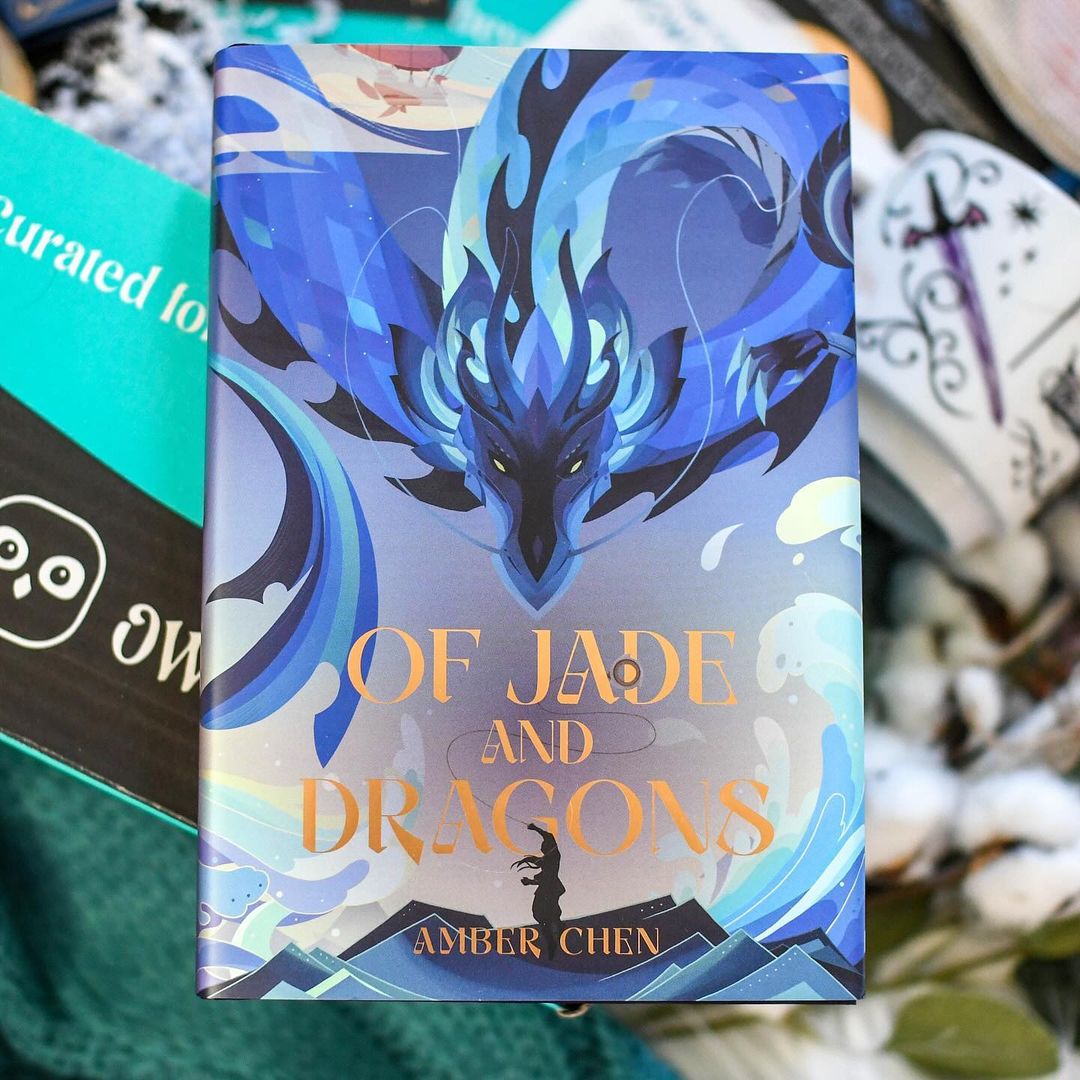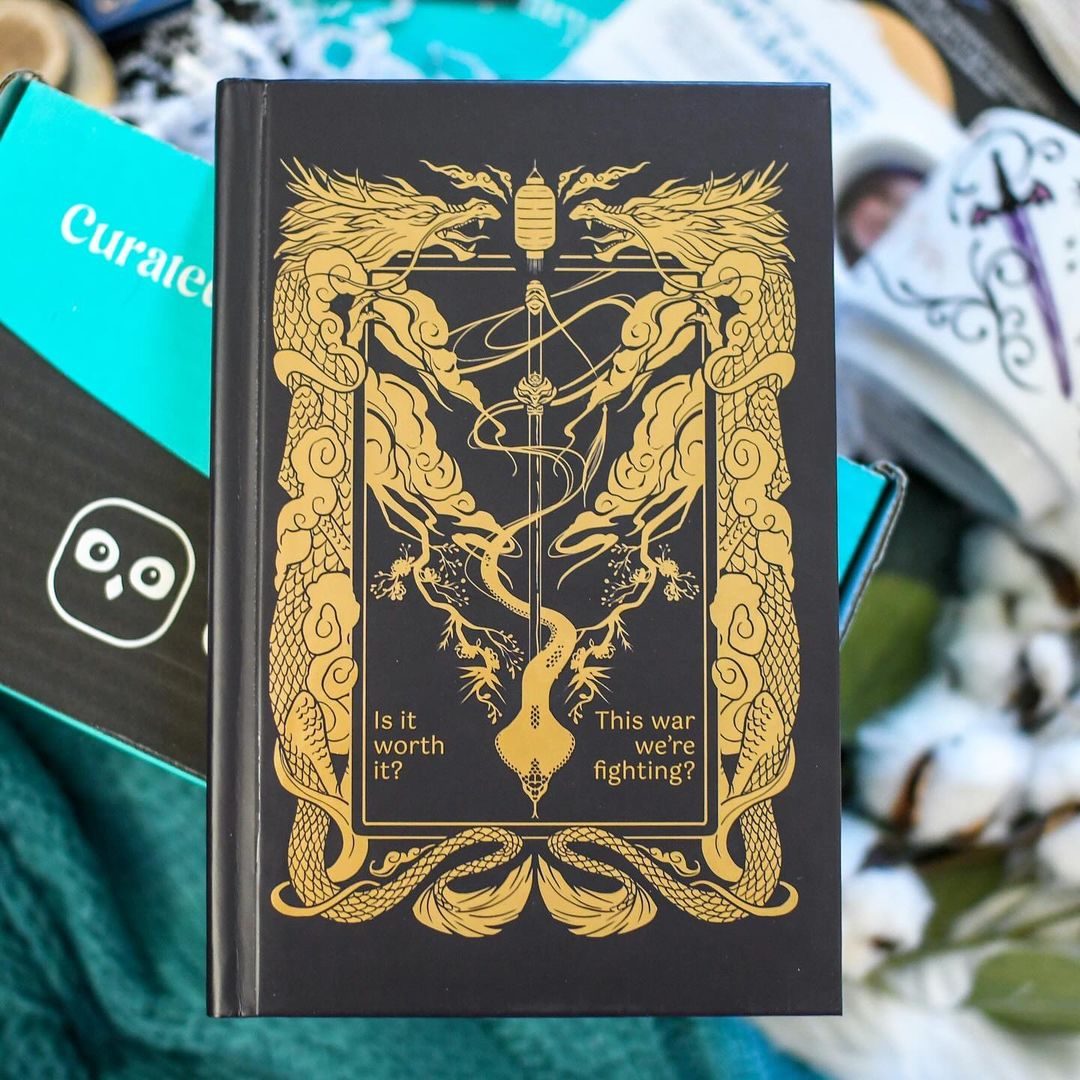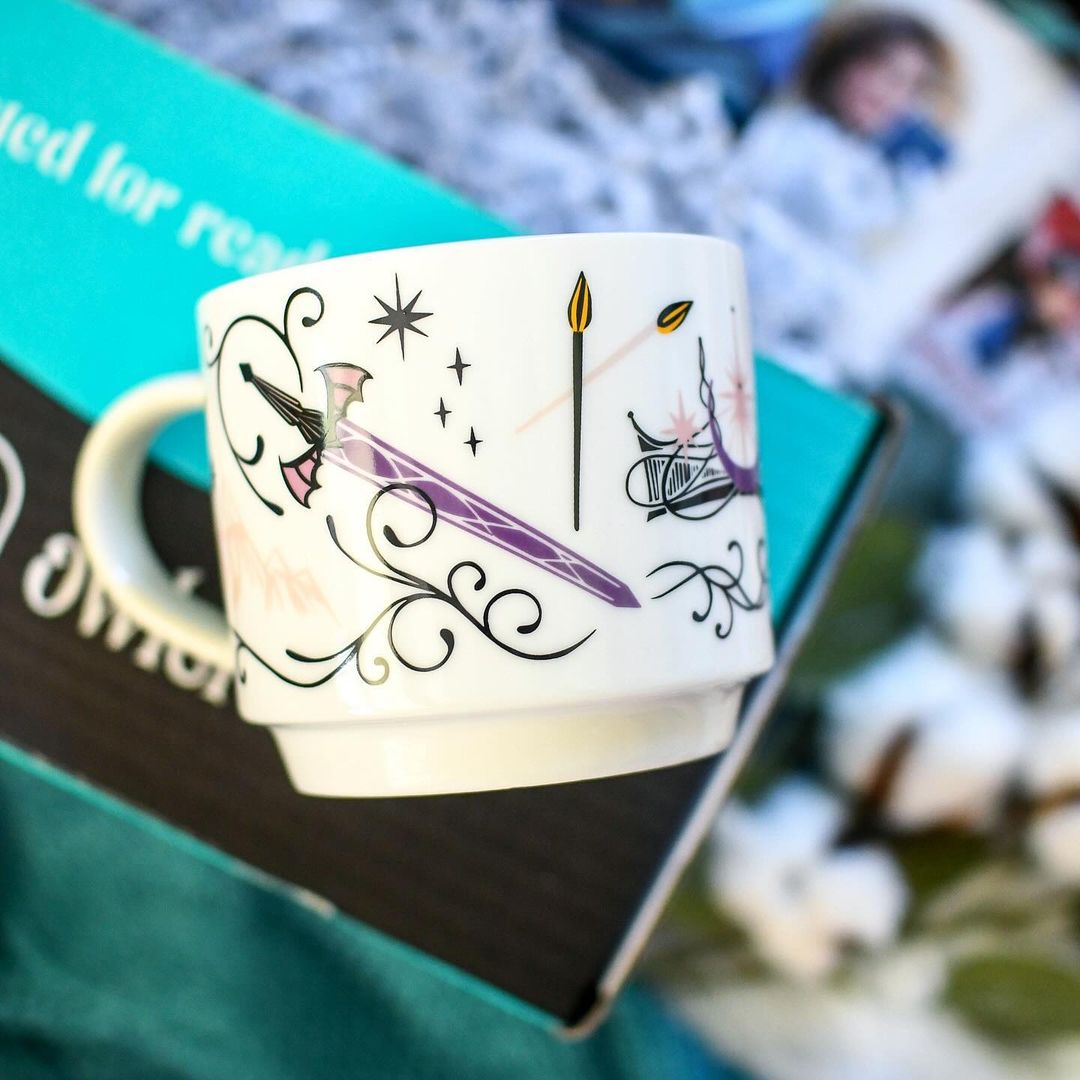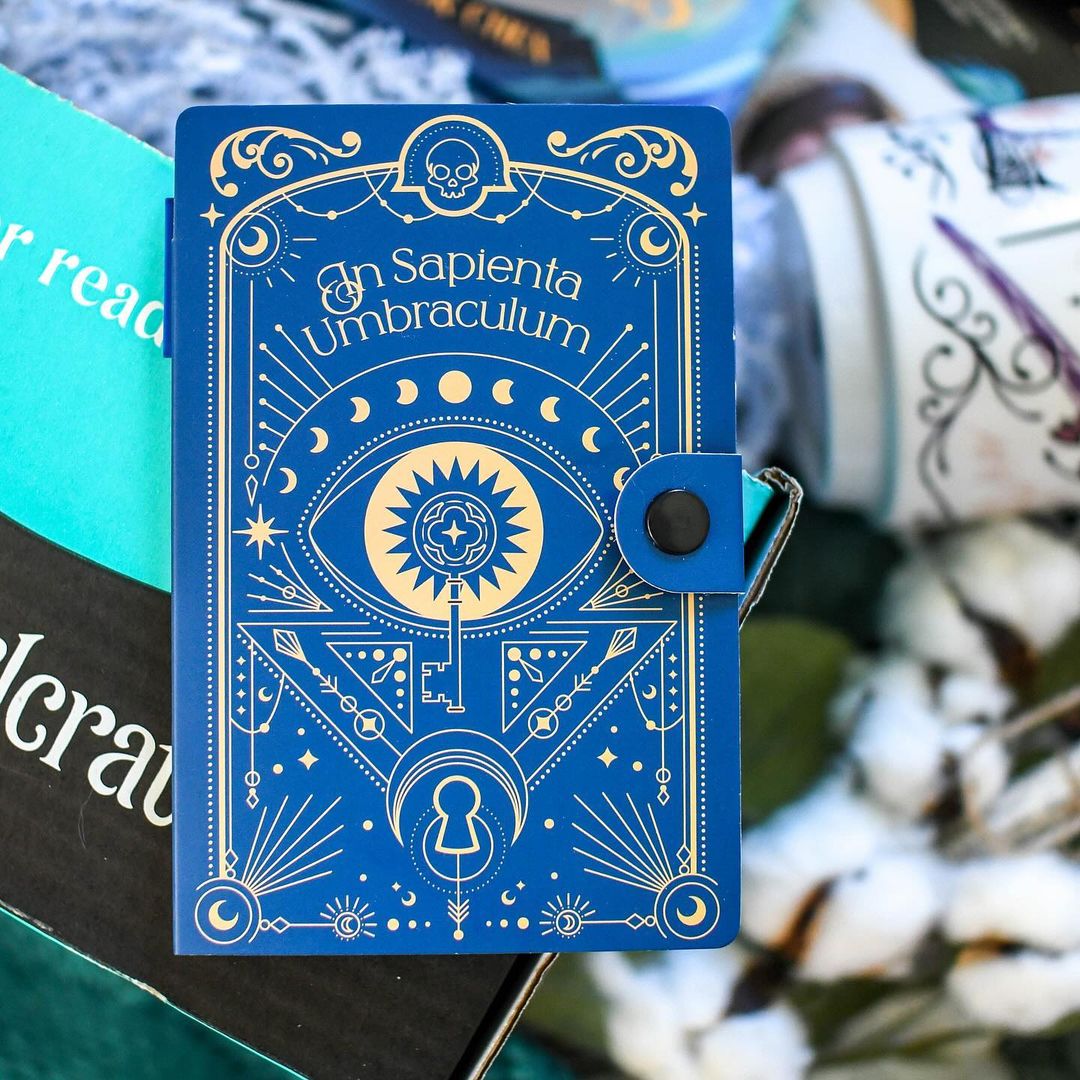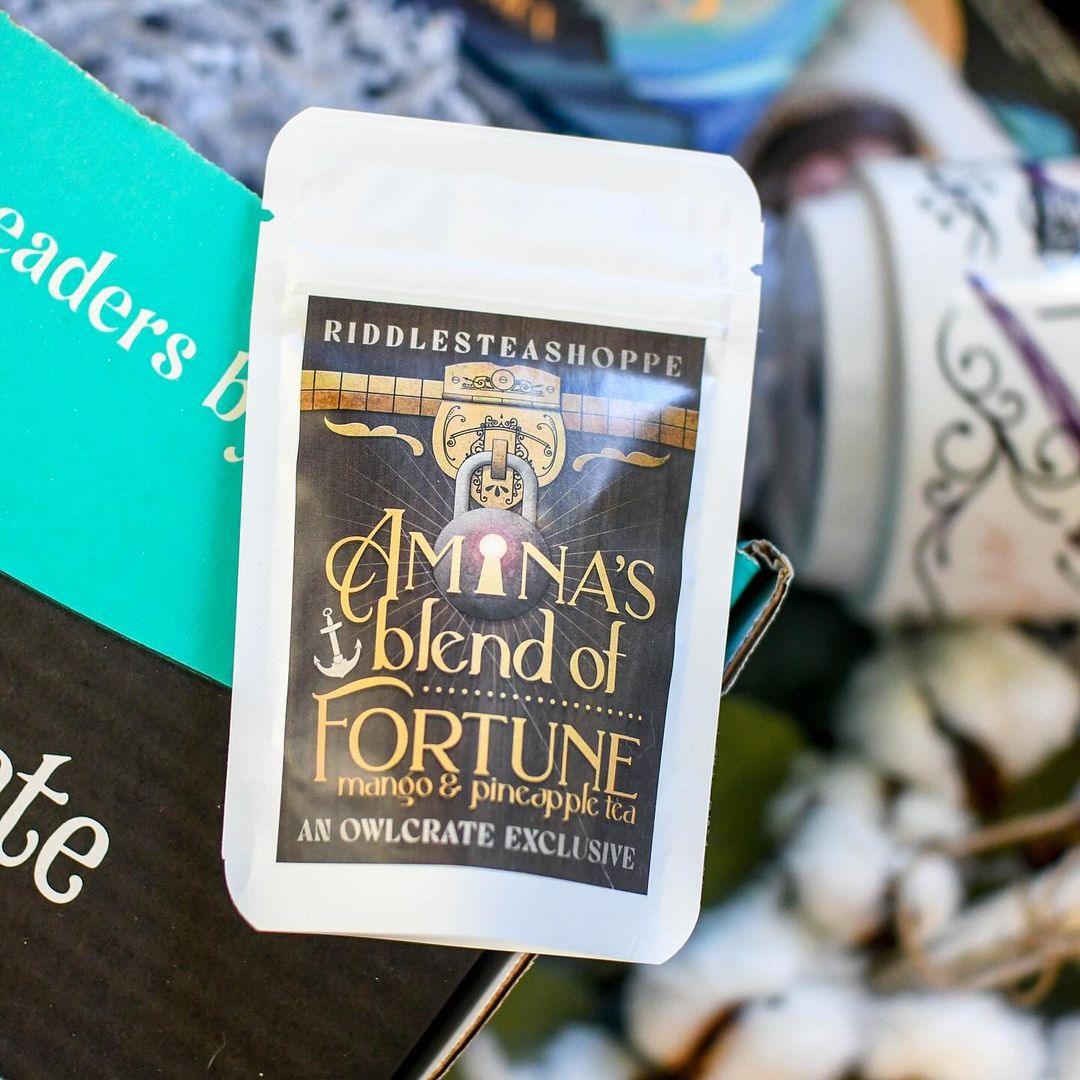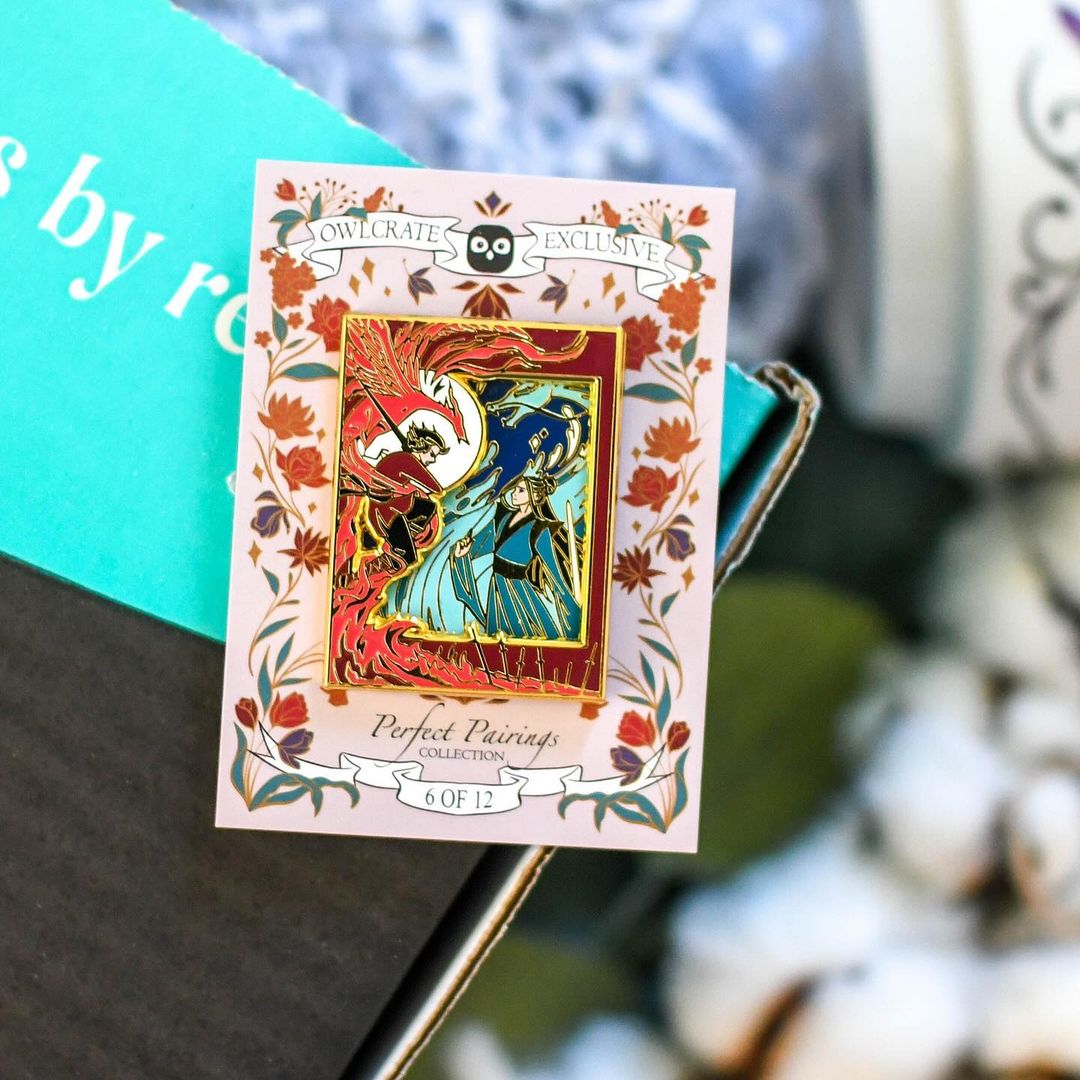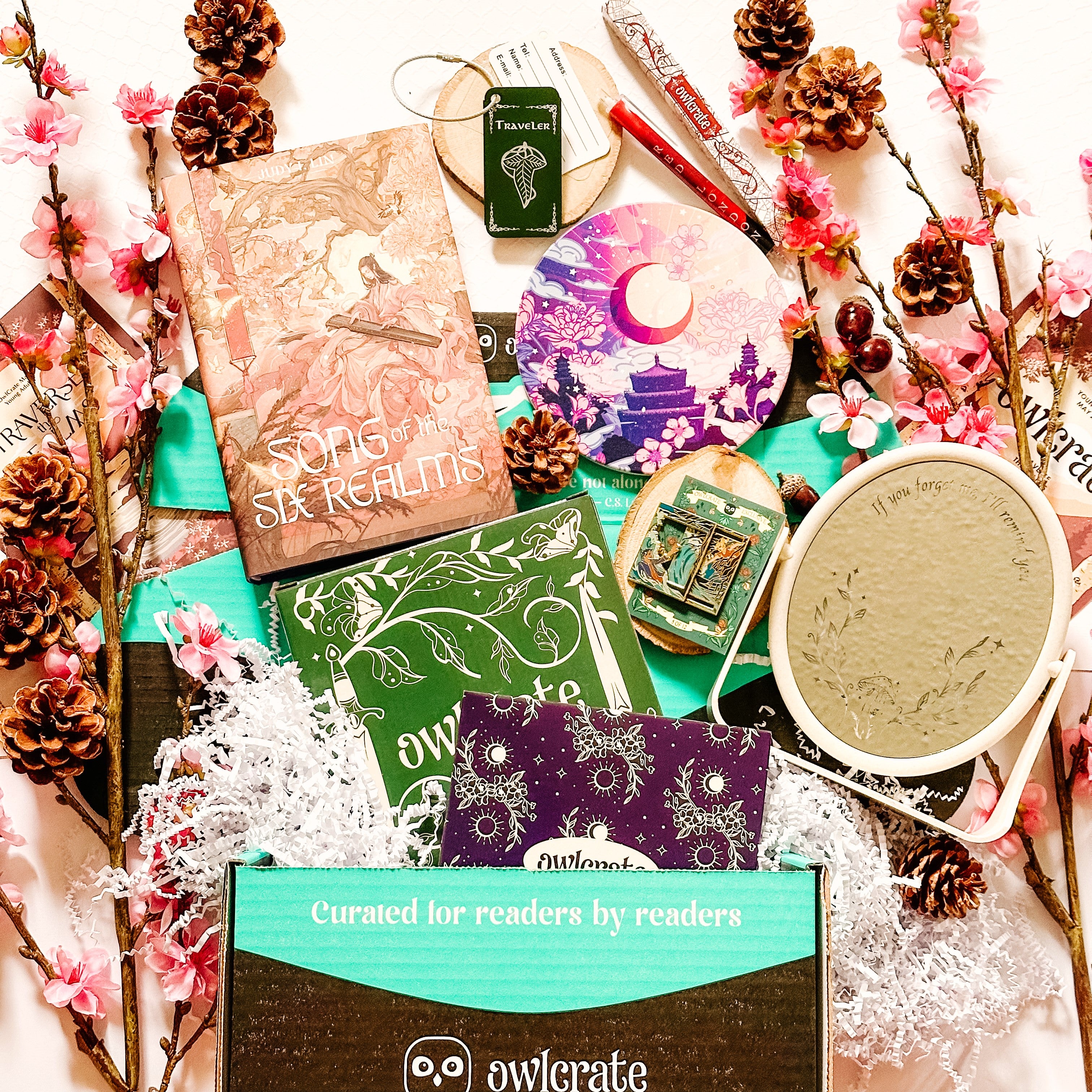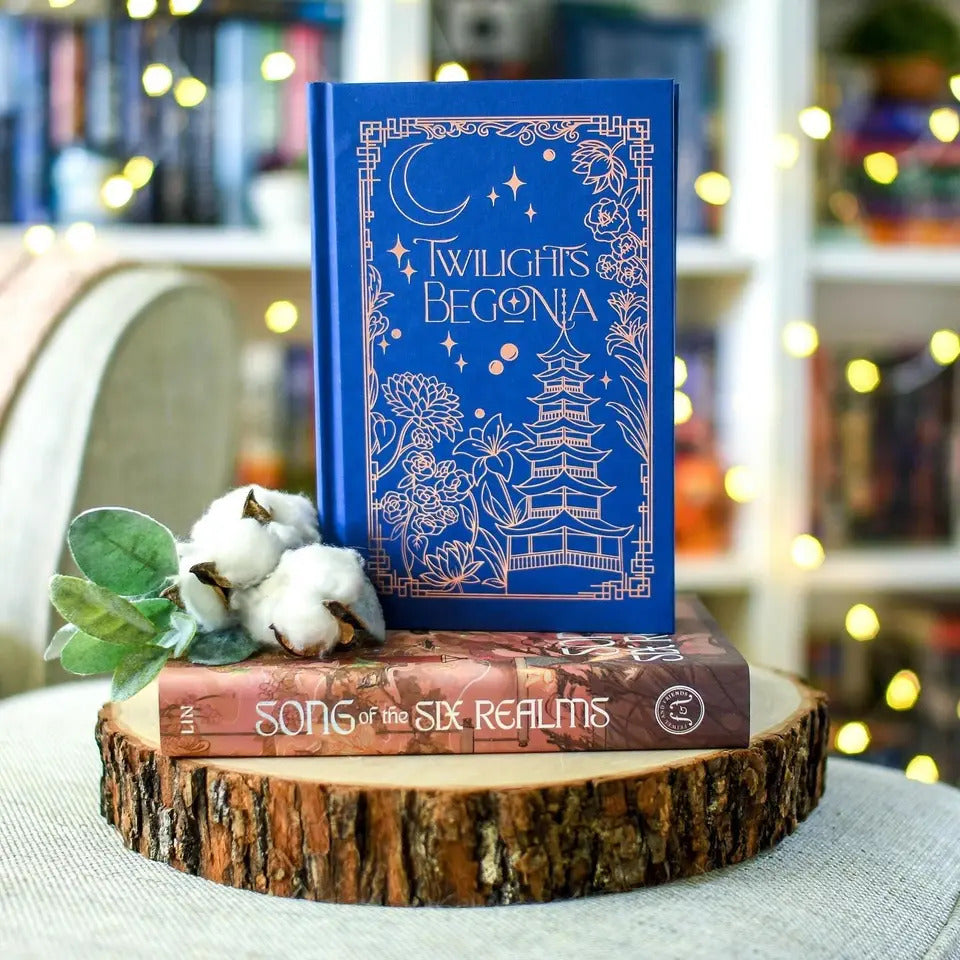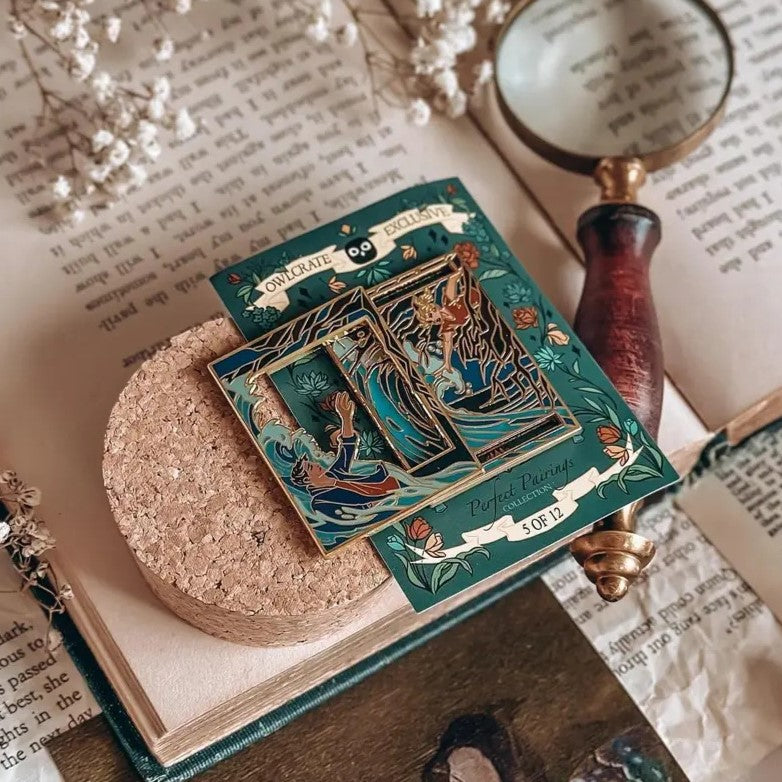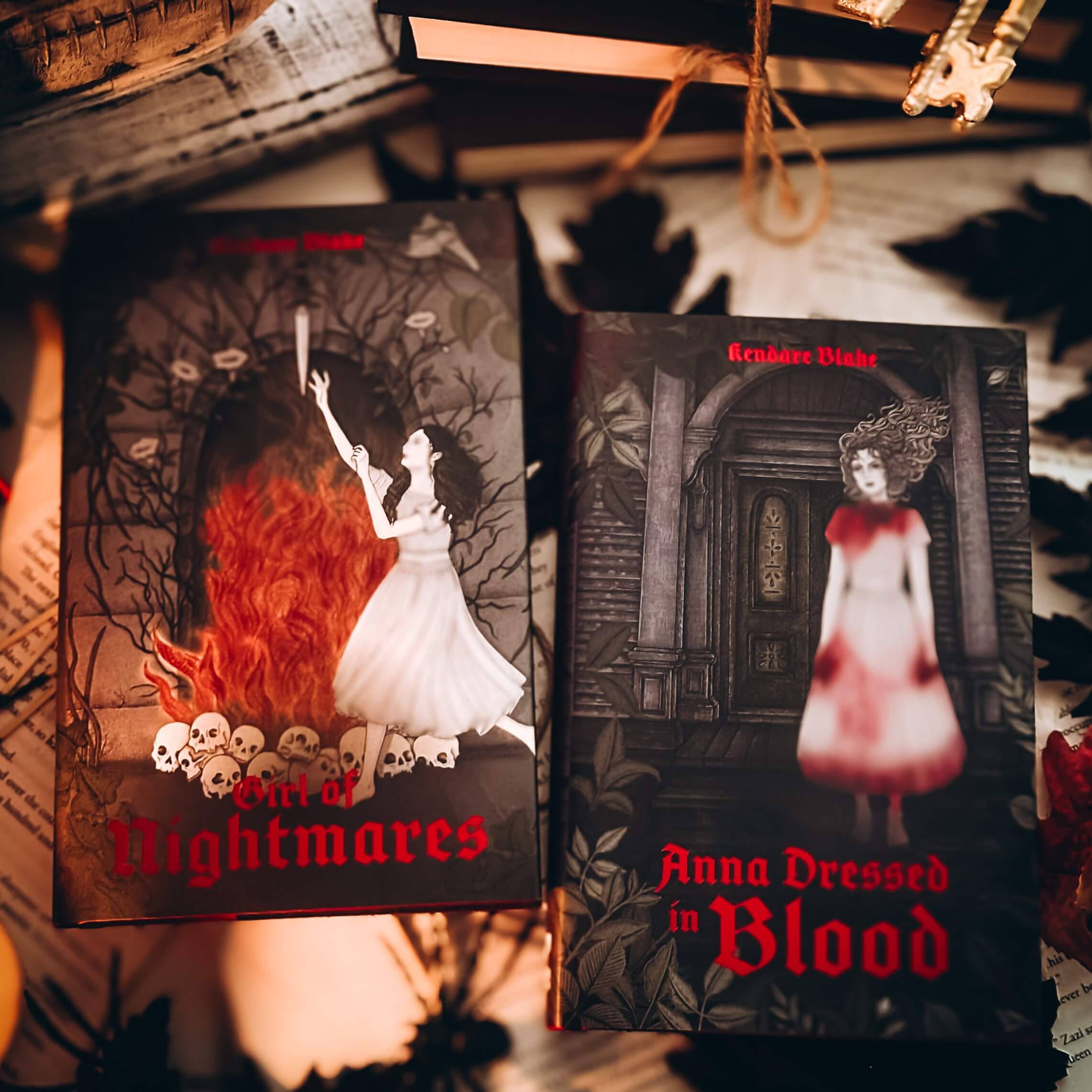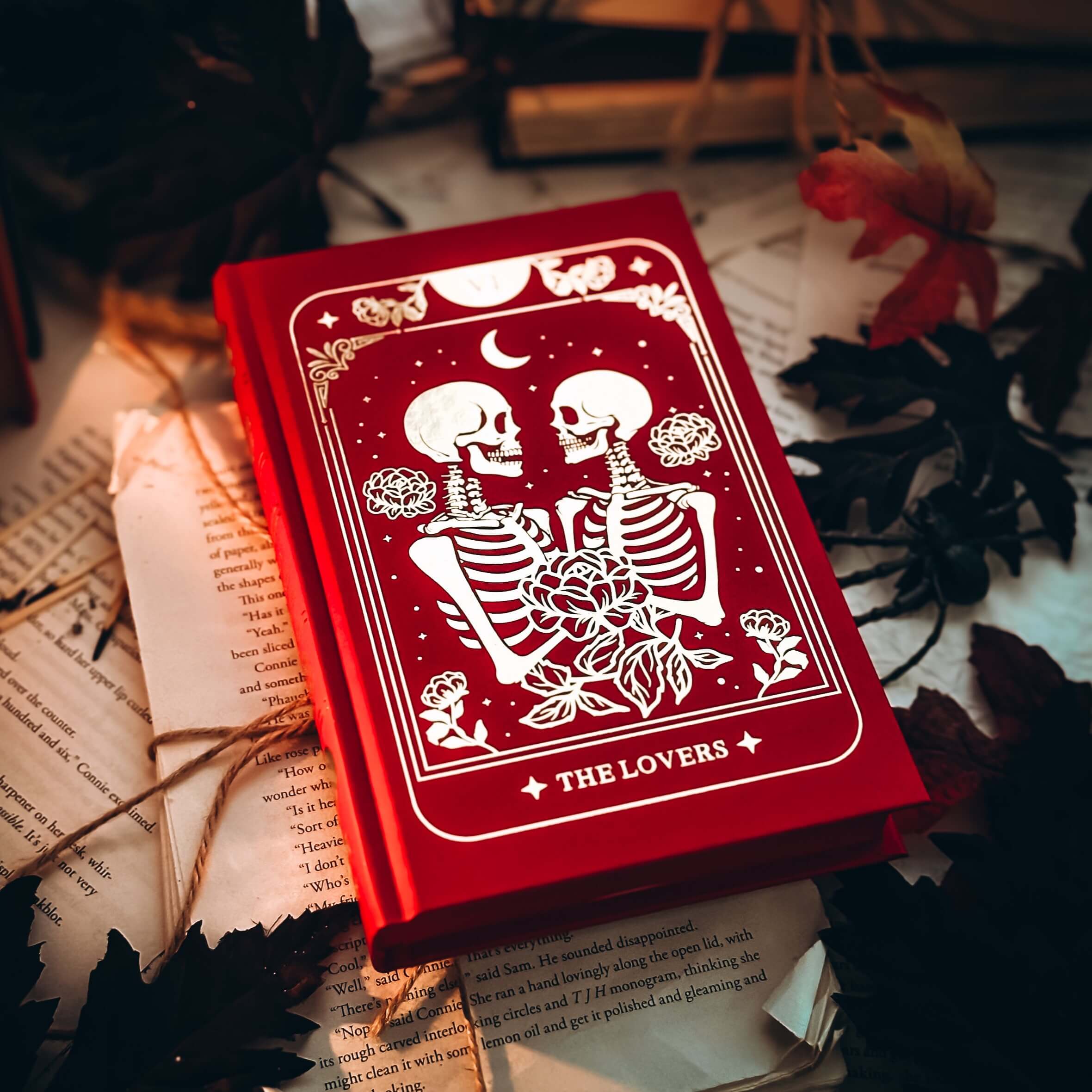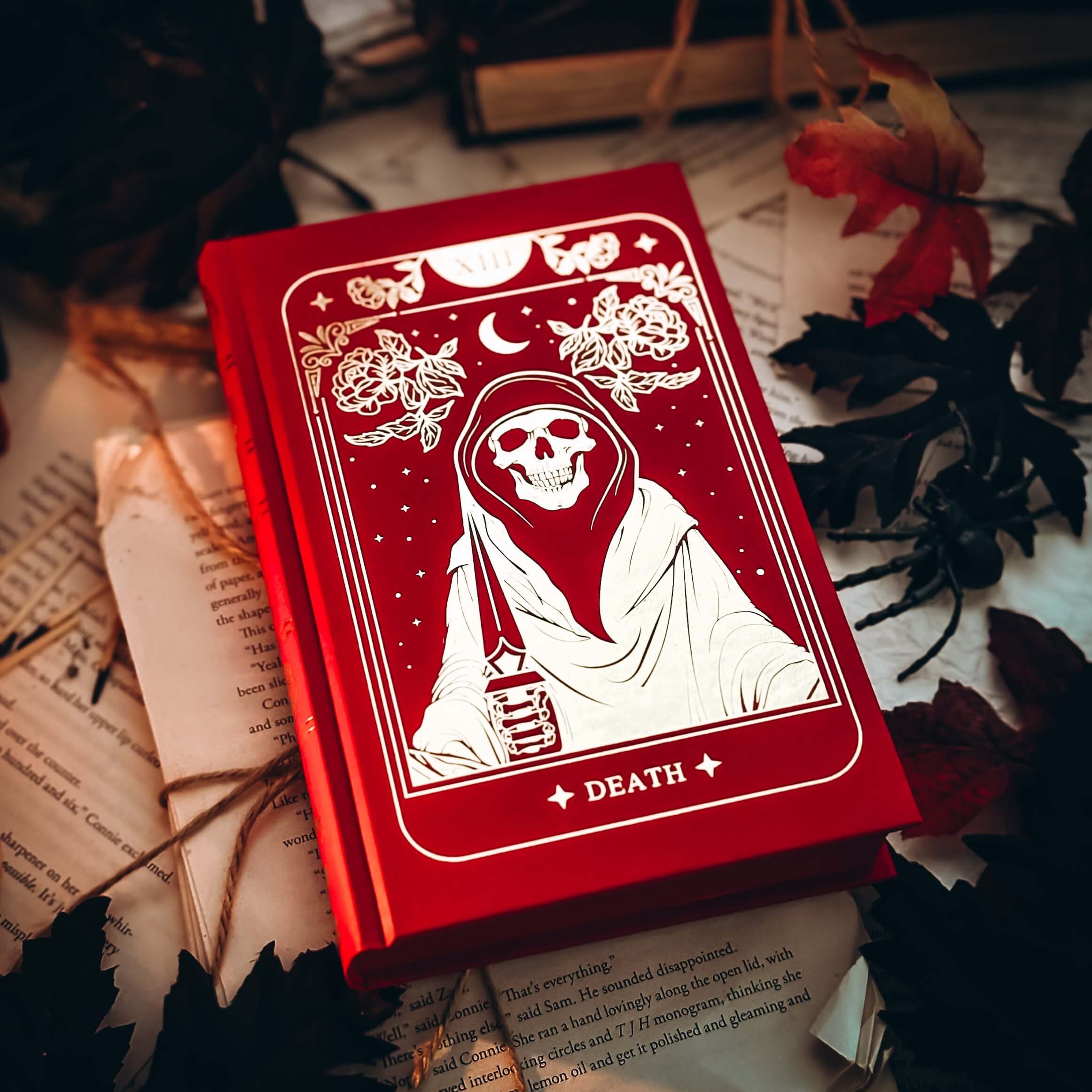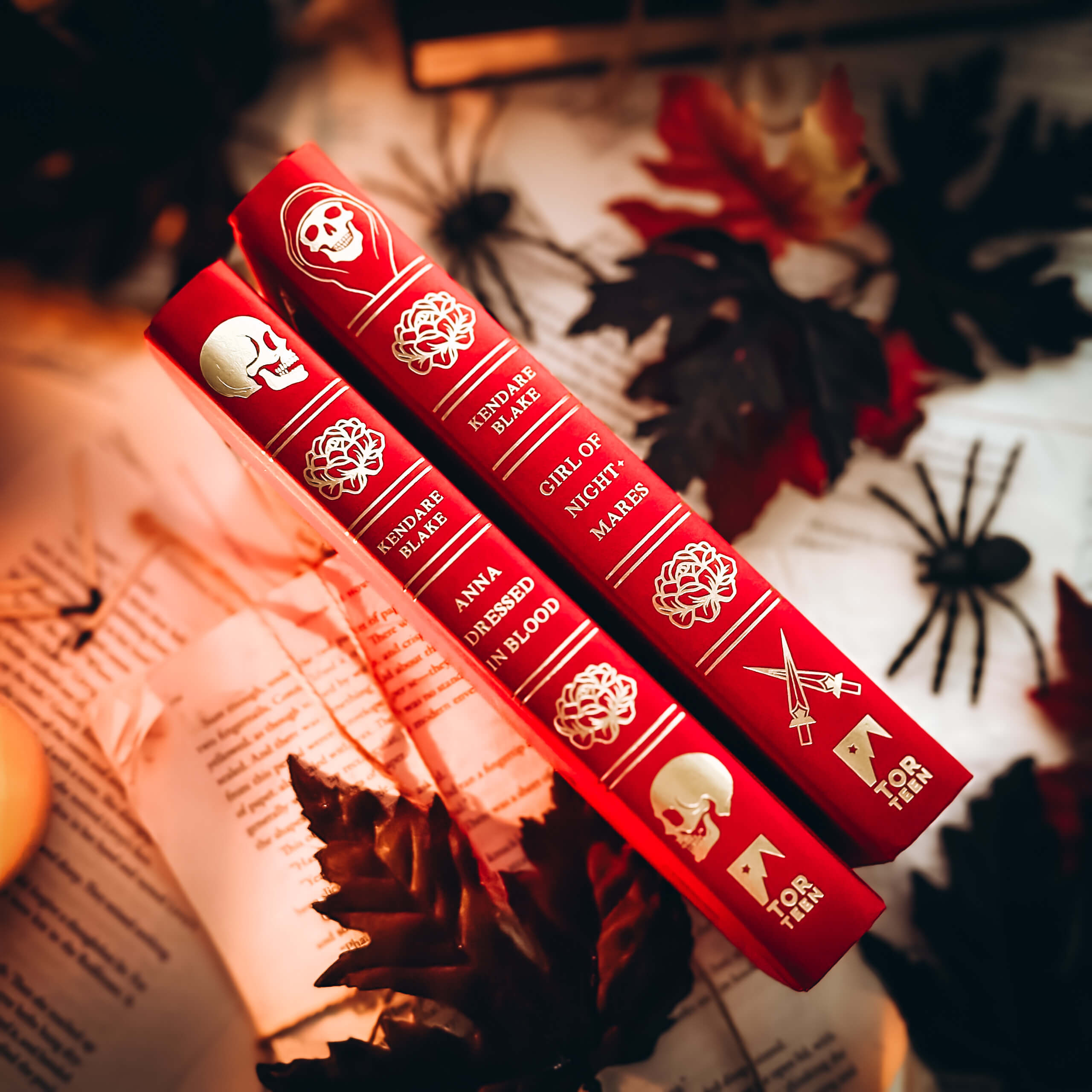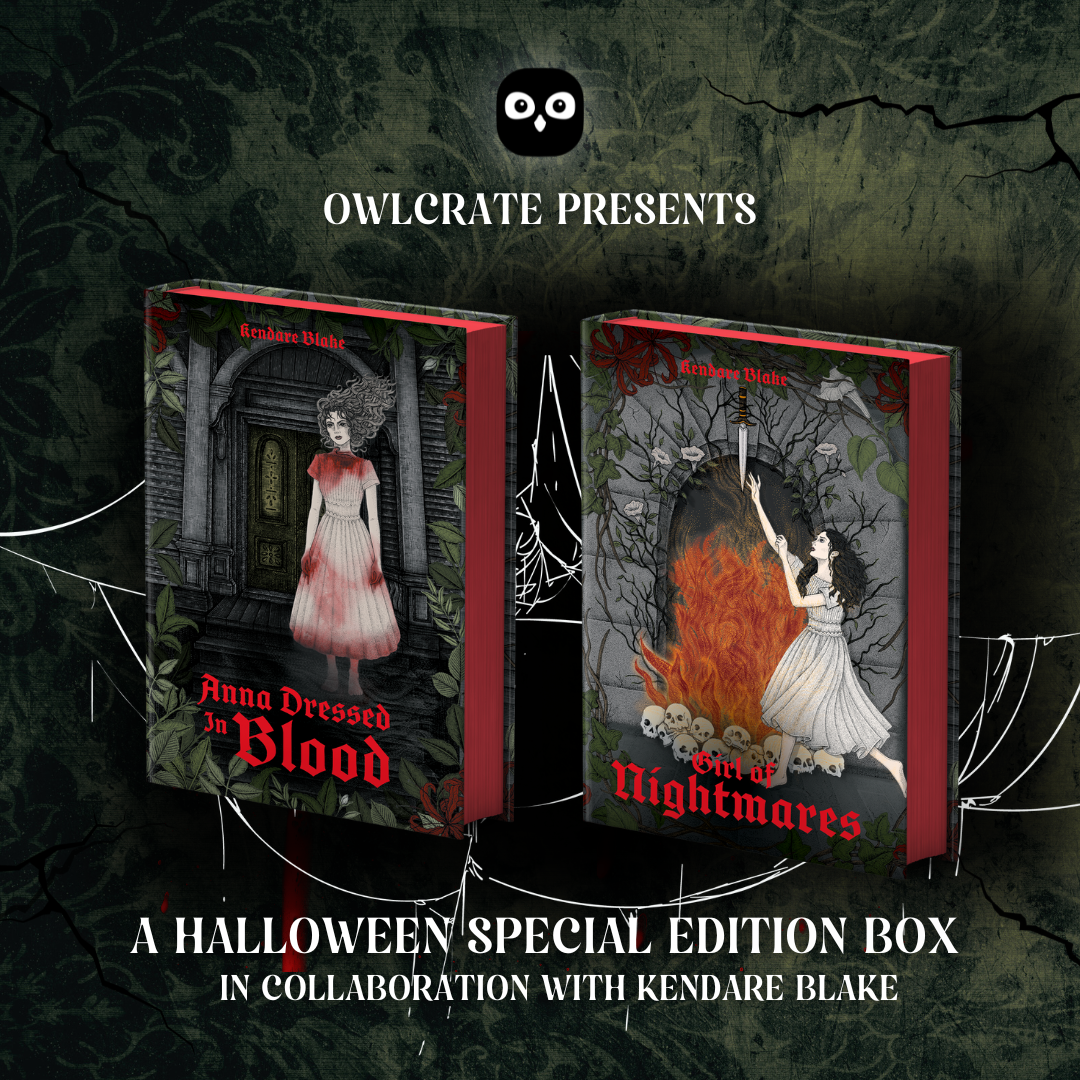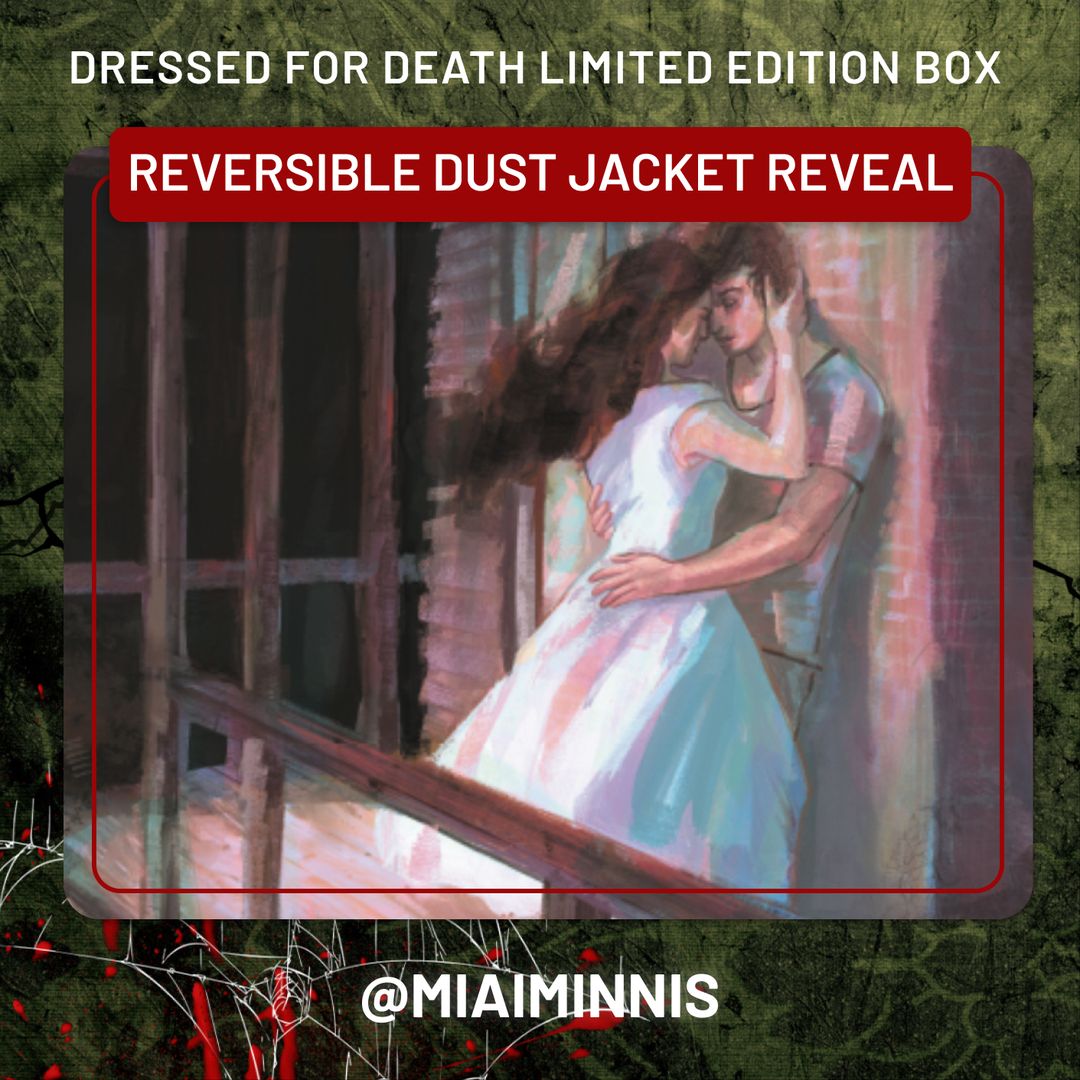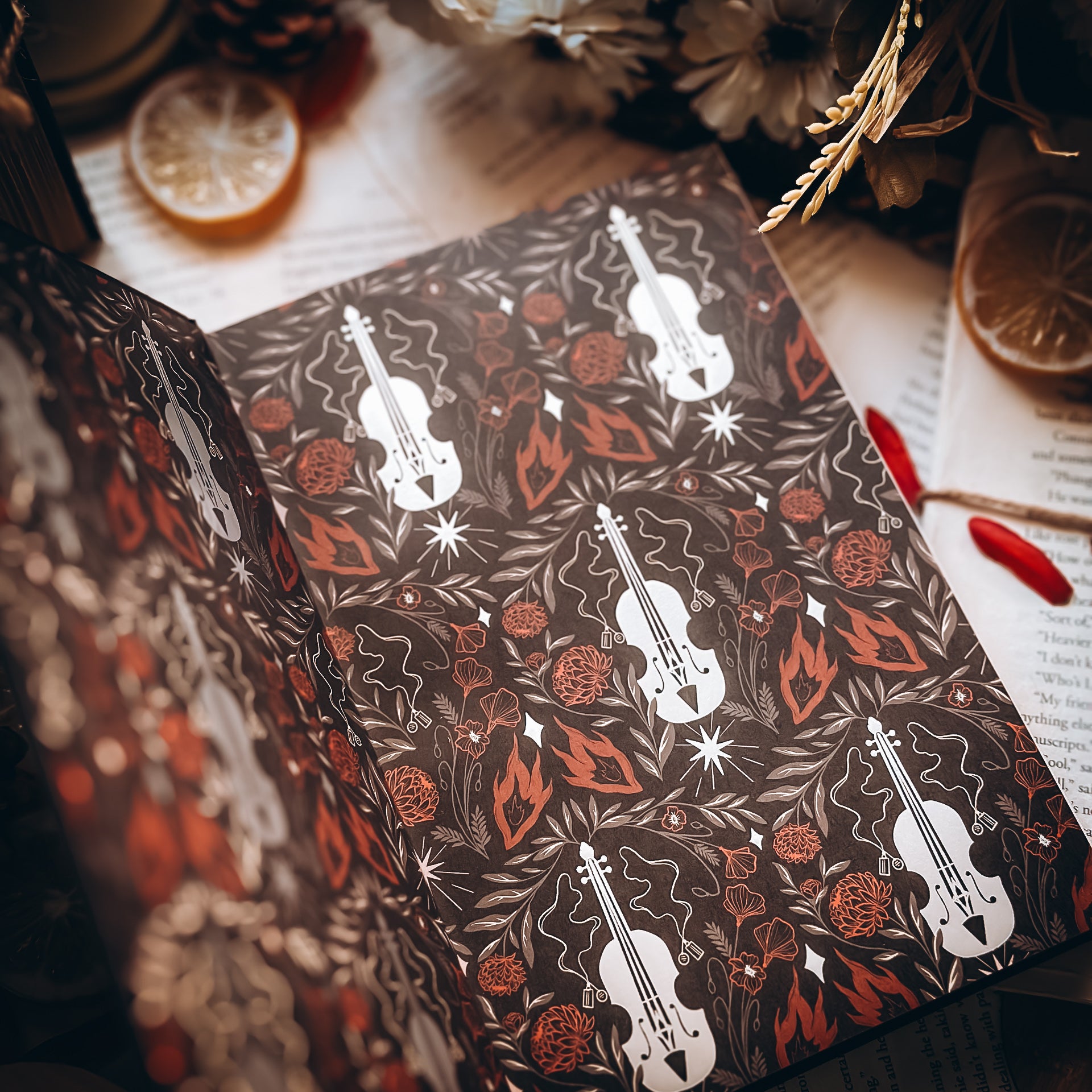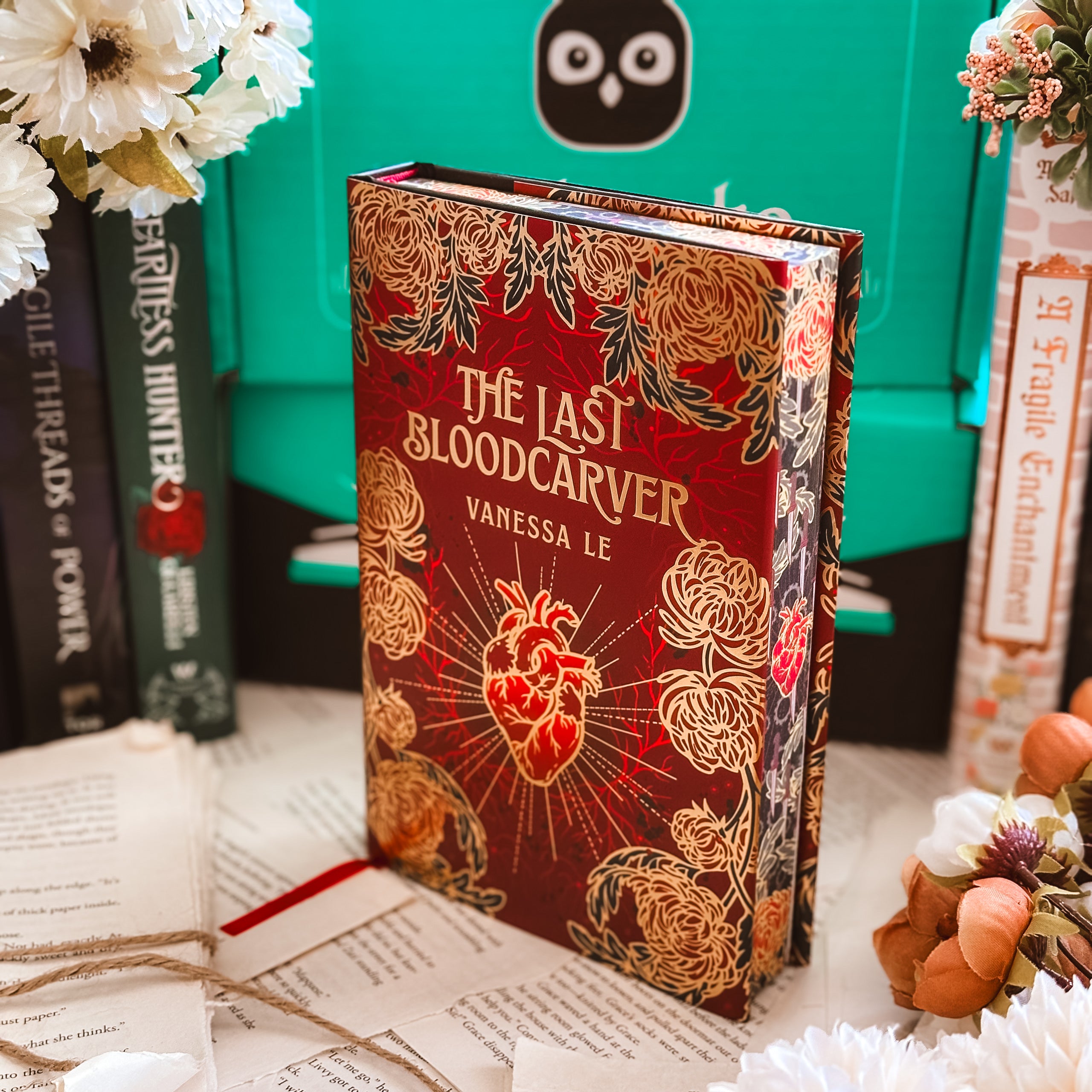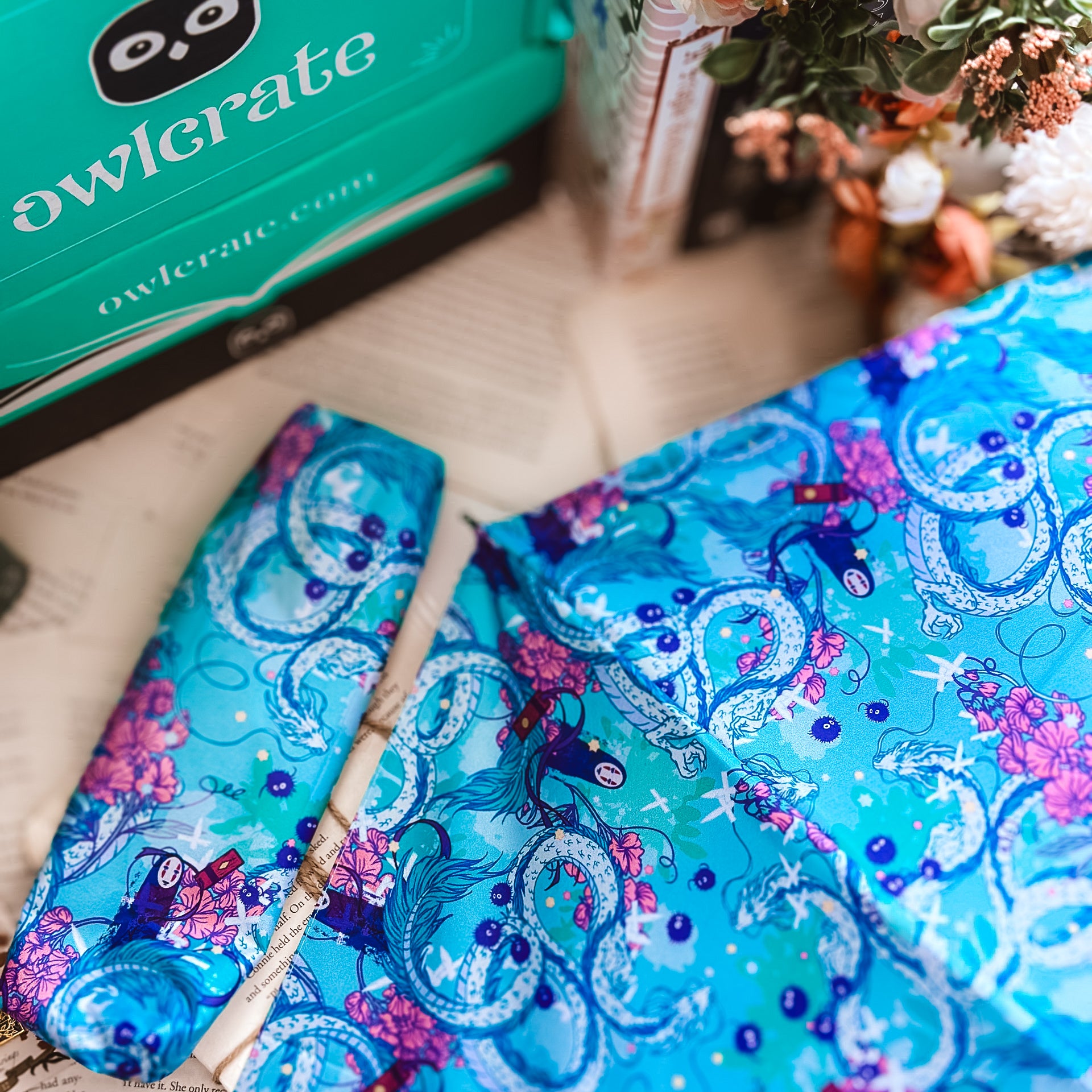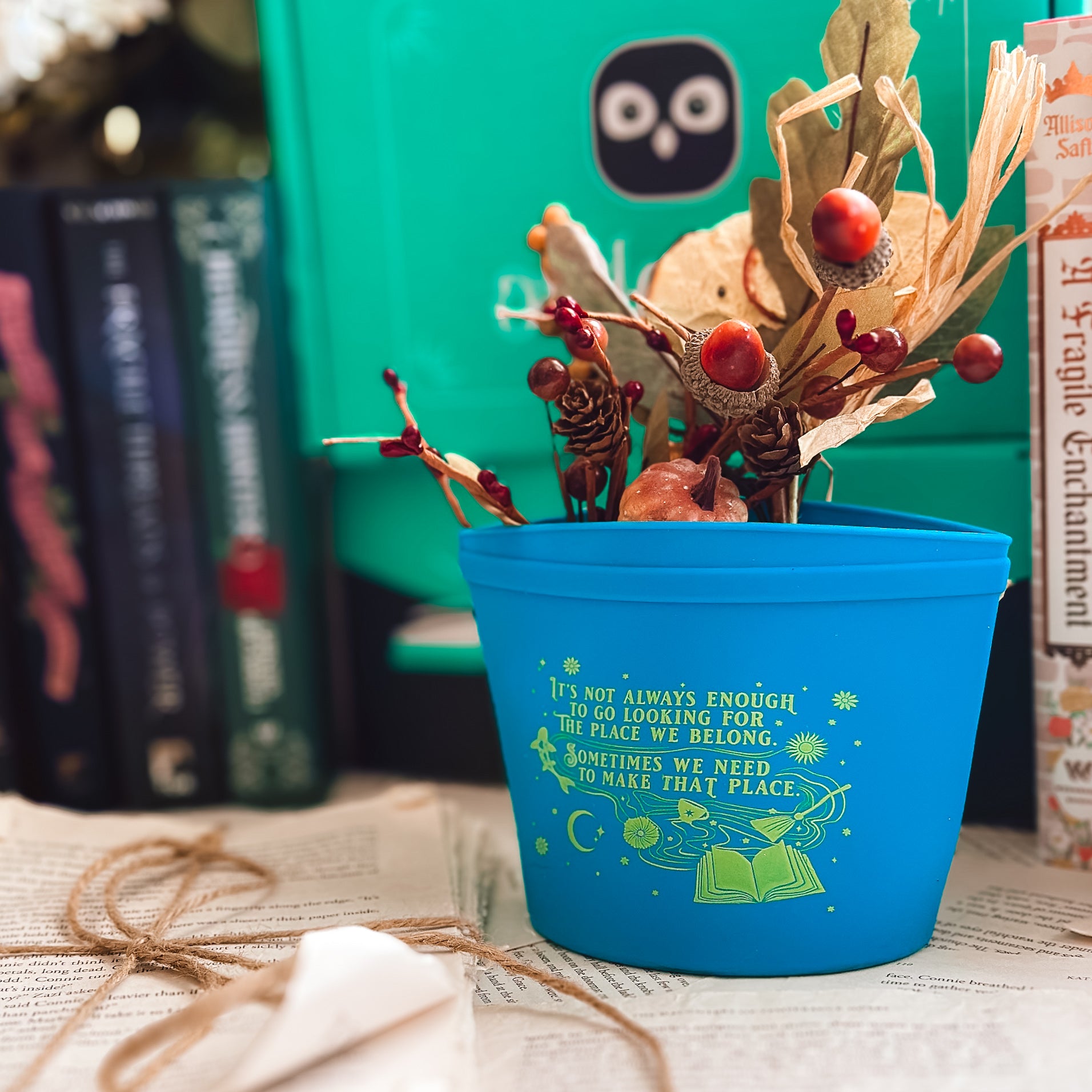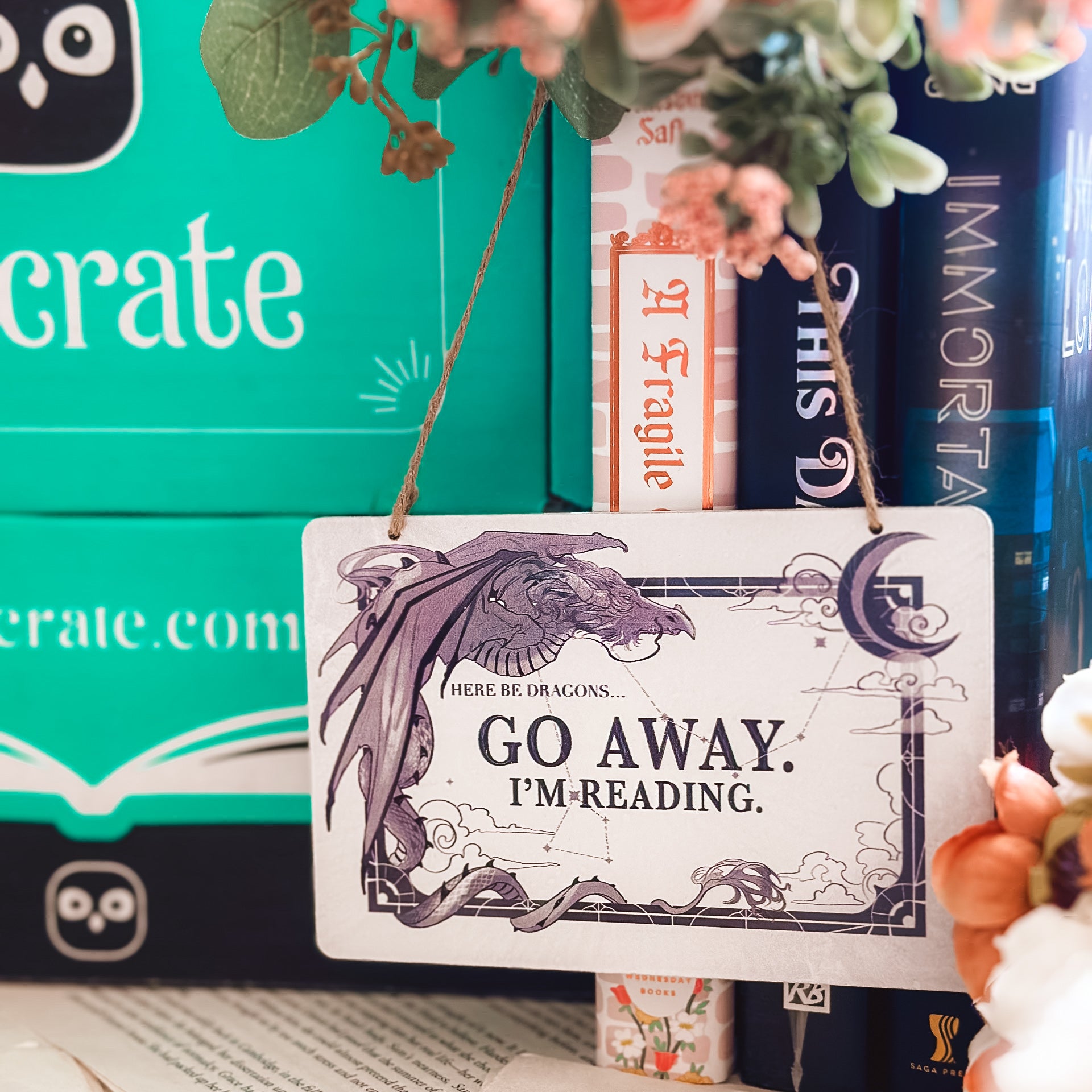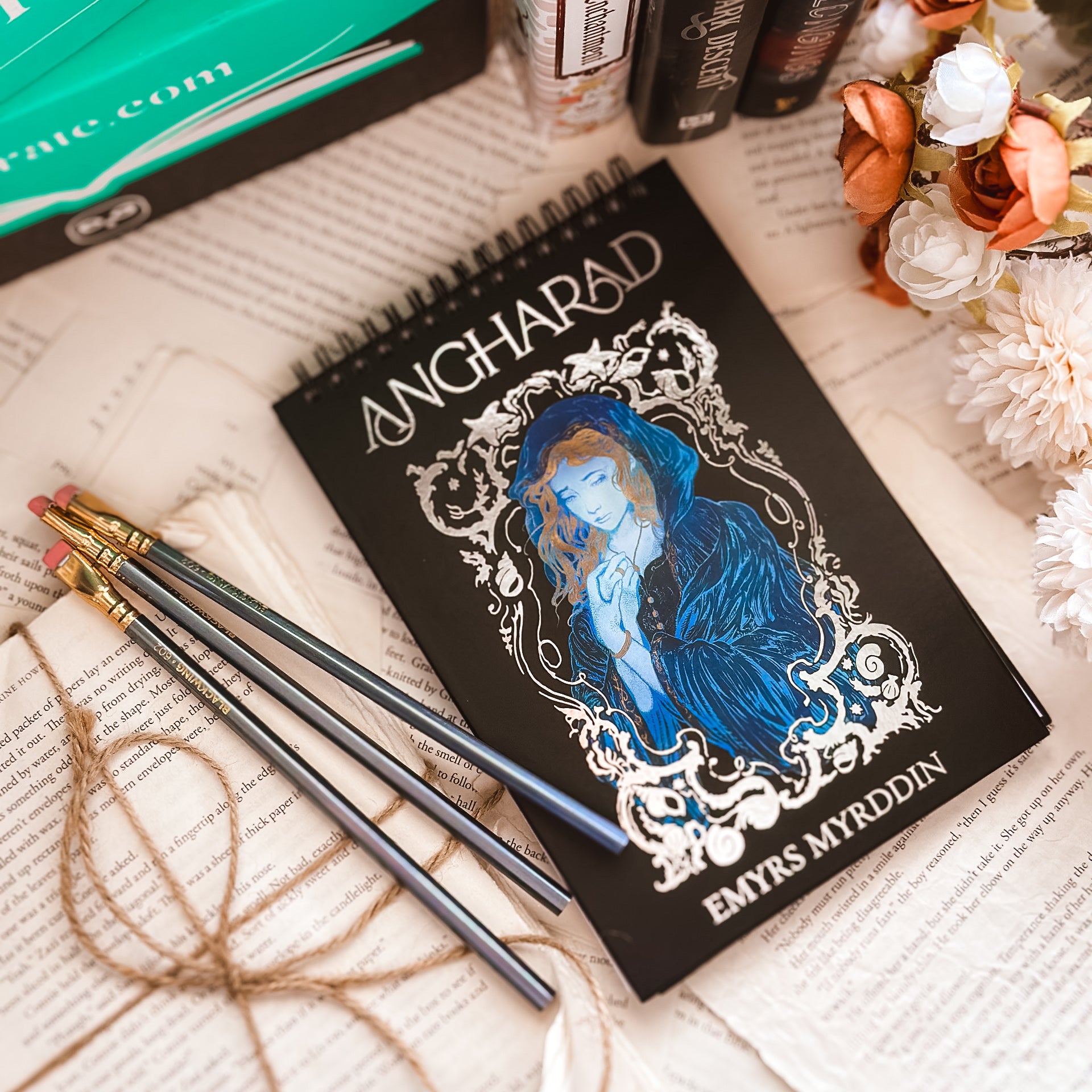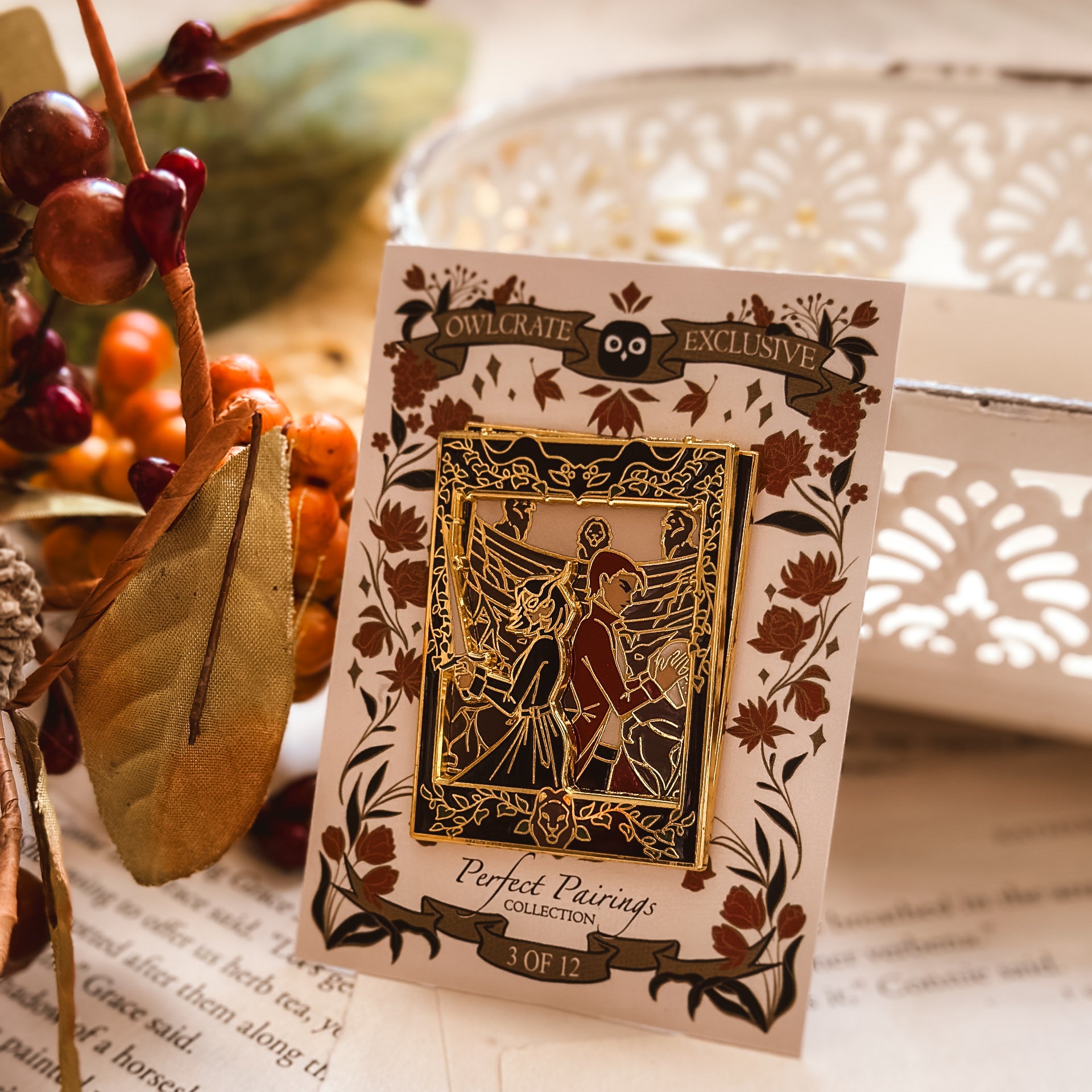How to Play Backgammon
Equipment
Two players
30 game pieces total, 15 of each color
Two dice
A backgammon board
The Board
The board consists of 24 long triangles called points or pips. The triangles alternate in color and are divided into four quadrants of six triangles each. The four quadrants are the player’s home board and outer board, and the opponent’s home board and outer board. The home boards and outer boards are separated by a divider down the middle referred to as the bar. The starting positions of the pieces are arranged as shown below.

Rules & Game Play
To start the game, each player rolls one of their dice. Whichever player gets the higher number goes first; if you tie, roll again.
The player who goes first uses the two numbers on the dice as their first roll. The rolled numbers on the dice represent two separate moves. Example: if you roll a 2 and a 4, you can choose to either move one checker 2 spaces and another checker 4 spaces or move one checker 6 spaces. If your die lands on a checker, outside the board, or leaning against the edge of the board, it is invalid and you have to re-roll.
- If you roll doubles, you play the numbers on the dice twice. This means that you can move (and have to move, if possible), a total of 4 times the number that appears on the dice.
- If you roll a number but you can't find an open point on any of those numbers to move a checker to, then you lose a turn. If you can only play one number, then you only lose your turn on one of your dice.
Checkers must be moved to an open point along the path from your opponent's home court to your own side. An open point is defined as any point on the board that is not currently occupied by 2 or more opposing checkers.
- When you move a checker onto a point that has one of your opponent's checkers, their checker is moved onto the middle bar. Any checker on the middle bar must be returned to play on the point farthest away from you before a player can make any other moves.
When one player's checkers are all within their home board, they can start removing checkers from the board. The first person to remove all of their checkers from the board wins.
- If you don't have any checkers off of the board by the time your opponent has removed all of theirs, it's called a gammon.
- If you still have a checker on your opponent's home board or on the bar after they have removed all their checkers, it's known as a backgammon.






















































